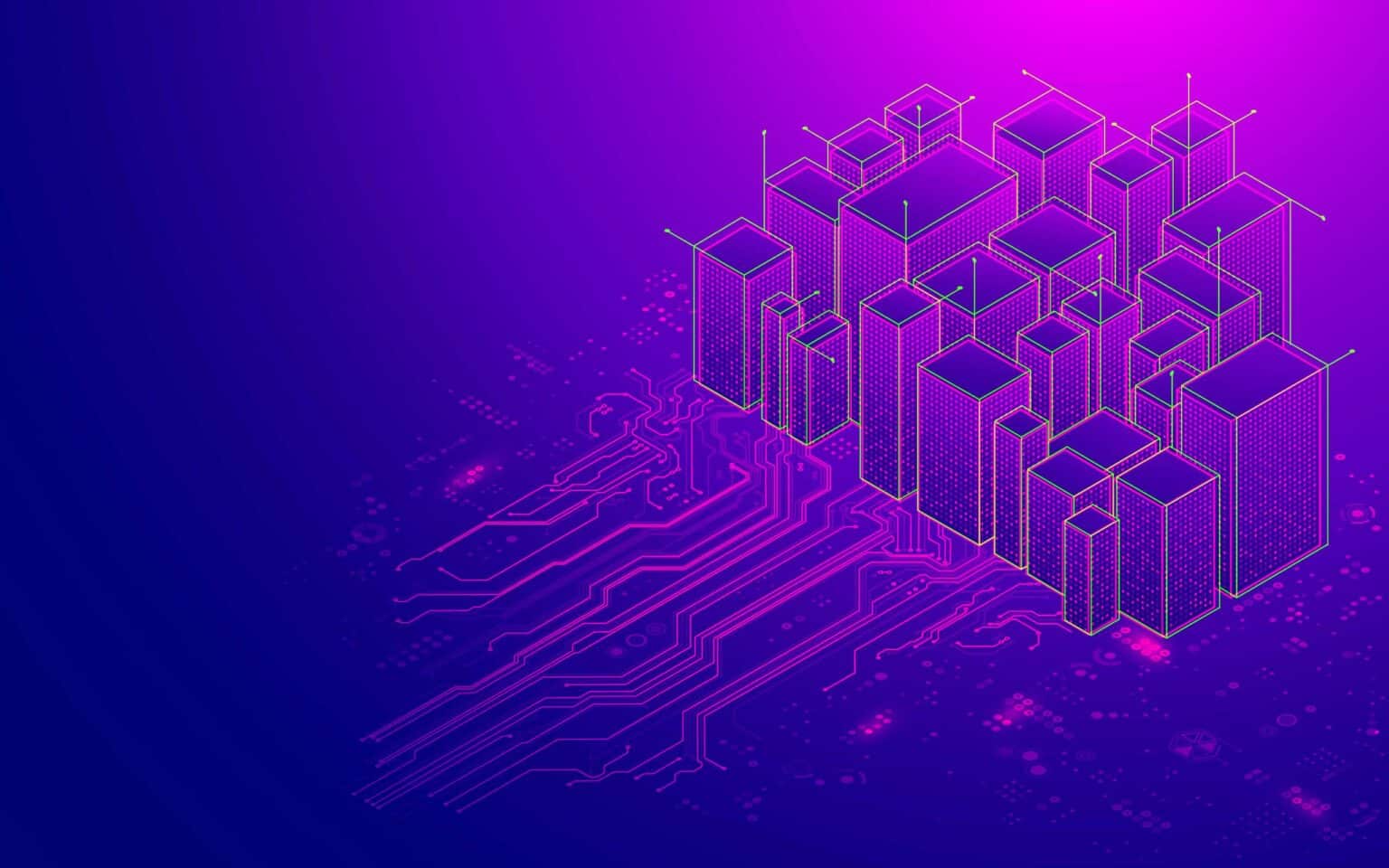Exploring corporate security and AI


James Thorpe
Share this content
ISJ hears exclusively from Wolfgang Zier, Head of Section, Corporate Security, Munich Re.
Article Overview
Even though only 8% of companies use AI applications, two thirds consider artificial intelligence to be a groundbreaking technology of the future. This trend will continue inexorably. The automotive industry, for example, not only uses AI for voice control of on-board software, but has also long recognised its importance in the context of autonomous driving.
Demand forecasts are used in the supply chain and, in industry, AI tools optimise the maintenance and repair of machines. Hardly any company will be able to do without the advantages of AI in the future. AI use in the security industry is becoming more and more necessary and common practice. Technology has enhanced our modern lives in many ways.
With the support of AI tools, a wide variety of tasks can be performed more accurately and more efficiently, for example: Security Intelligence including big data analysis and possible threat identification; Physical Security involving CCTV cameras; AI-powered biometrics technology used for access control systems.
Security intelligence
In order to protect a company’s assets in a meaningful and sustainable way, it is enormously important and the lifeline of corporate security to “get in front of the situation”. Only in this way can corporate security also be seen as a business enabler and not exclusively as a cost factor.
The volume of data being generated today is ‘far too much’ for the human mind to comprehend it meaningfully. AI not only helps with trend analysis, but helps to identify meaningful data from multiple sources – one of the biggest challenges facing security organisations today. In this context, it makes sense to deal with the topic of predictive security.
Predictive security intelligence uses advanced contextual analysis to identify possible threats before they become incidents – enabling preventive measures to avert losses and other negative outcomes. Predictive security intelligence and decision support enabled by the convergence of AI and Big Data can be the difference between the success and failure of your organisation. Below are two intelligent predictive models that machine learning algorithms are helping to create.
Forecasting –Good forecasting is essential to protect your organisation. For years, organisations had relied on human instinct to make predictions about the future. Eight out of ten times, this had a negative impact on the company. Fortunately, organisations no longer need to rely on the human instinct to make decisions about the future; we can now use information and insights from intelligent systems to make those decisions.
Not only is the convergence of AI and Big Data improving how organisations work, but it is also improving forecasting. A fundamental aspect of management, forecasting helps to estimate future events. There are two main purposes of forecasting: Minimising uncertainty and establishing standards for tracking performance.
Predicting behaviours – with predictive analytics, security organisations can know the ‘most likely’ outcome; it is a form of advanced analytics to predict future behaviour trends and activity. Organisations can use predictive analytics to analyse data based on current and historical scenarios in order to find patterns that help to accurately predict future events and react in a timely manner.
One of the biggest advantages of predictive analytics is accurately predicting the situation in the future. This is because machine learning is known to perform sentiment analysis effectively. By using predictive analytics, organisations can understand the situation better; this, in turn, will allow them to optimise preventive protection measures and make better security-related decisions.
Physical security
The role of AI use in security is to facilitate quicker responses by detecting threats and deterring them. When it comes to security and surveillance, this technology allows cameras and control room equipment to identify a wide range of threats automatically and in real time across hundreds or even thousands of cameras. It allows teams to take immediate action to protect people and assets.
Video surveillance cameras are the electronic eyes of any security operation. In the past, human supervision was needed to make sense of the images captured and to assess whether certain events posed a security risk or not. With some organisations using hundreds or even thousands of cameras to protect their people and assets, manual review of footage is simply impossible – potentially leaving them vulnerable to breaches.
Detection and prevention
Video surveillance is an excellent tool for security, however, it often requires eyes-on 24/7 to be effective. If there is a gap in personnel reviewing the footage, you could miss something. AI changes all this by recognising potential threats before they impact a company’s people or assets – allowing teams to react immediately to neutralise any potential threat.
For example, AI solutions can automatically trigger alerts when a person appears in a restricted area, or when a vehicle with a blacklisted number plate enters a site. With alerts delivered in real time, teams can identify and react to security threats and protect people and assets more effectively. And, because alerts are automated, threats are hardly missed or overlooked.
It can be challenging to monitor large crowds at oversized facilities or events. However, you can watch thousands of people simultaneously using AI technology and even detect hidden weapons by evaluating dozens of data points from the person’s shape.
Robots and drones
If the area you are patrolling is large, you either need a lot of physical security guards, or you can use robots and drones to cover a larger area more efficiently. Drones and robots can also access hard-to-reach areas or places that are not safe for humans. Drone patrols could mean the difference between responding to a threat immediately or waiting until support arrives.
Automation and decision making
Another extremely helpful way AI supports the security industry is through automation and decision making. The human brain can only make decisions so quickly and heightened emotions can make it even more difficult. AI is emotionless and, therefore, can make instant decisions and respond in various ways. For example, when sifting through hours of video surveillance, AI can instantly pinpoint specific people and voices because of machine learning. They can also be programmed to perform receptive tasks quickly.
Access control, tailgating and insider threats
You can also enhance your access control devices using AI to deliver a more secure method of evaluating who to allow in and who to reject. AI can monitor access and alert management and professionals whenever anything unexpected occurs. Access control systems generate and store an overwhelming amount of data, most of which is never accessed or used by teams for any particular purpose or benefit. However, opportunities abound for making sense of the data.
Tailgating is also a top physical security vulnerability in any enterprise. On their own, access control systems are unable to detect tailgating events. However, AI can combine access control with video data to solve tailgating problems. AI software can automatically analyse video corresponding to every badge swipe and detect tailgating if and when it occurs by looking at the number of unique individuals or vehicles going through a door or vehicle gate. AI can take this a step further by analysing trends in tailgating data to identify top tailgating offenders and locations.
Access control systems generate massive amounts of data and AI can mine this data to point out anomalies that would have otherwise gone undetected. For example, AI can analyse all invalid access level alarms – or badging attempts – and bring to light individuals that generate a high number of such events. This is practically impossible to do manually. AI analytics has uncovered real insider threats at enterprises, such as an employee constantly trying to access sensitive server rooms.
Make facilities more efficient
Many of today’s enterprise organisations accommodate office workers, remote workers and employees with hybrid schedules. Data from the access control system can give valuable insights into building utilisation and occupancy during these times. These insights can then be shared with other stakeholders to make buildings operate more efficiently.
If a location is not being used to its full capacity, it can be downsized to cut costs. If occupancy levels are low or confined to certain hours, the HVAC system can be adjusted accordingly to save on energy consumption. This also shows how security teams can add value to other parts of the organisation and thus elevate the stature of security within the enterprise.
These are just some of the ways access control data can be harnessed to enhance enterprise physical security. With the help of AI, access control data becomes a gold mine that can generate actionable insights for a wide range of applications across the organisation. It’s up to us as an industry to unearth these valuable insights to not only increase security and generate efficiencies but also to demonstrate the value of having a security team and associated systems.

This article was originally published in the May edition of ISJ. To read your FREE digital edition, click here.


